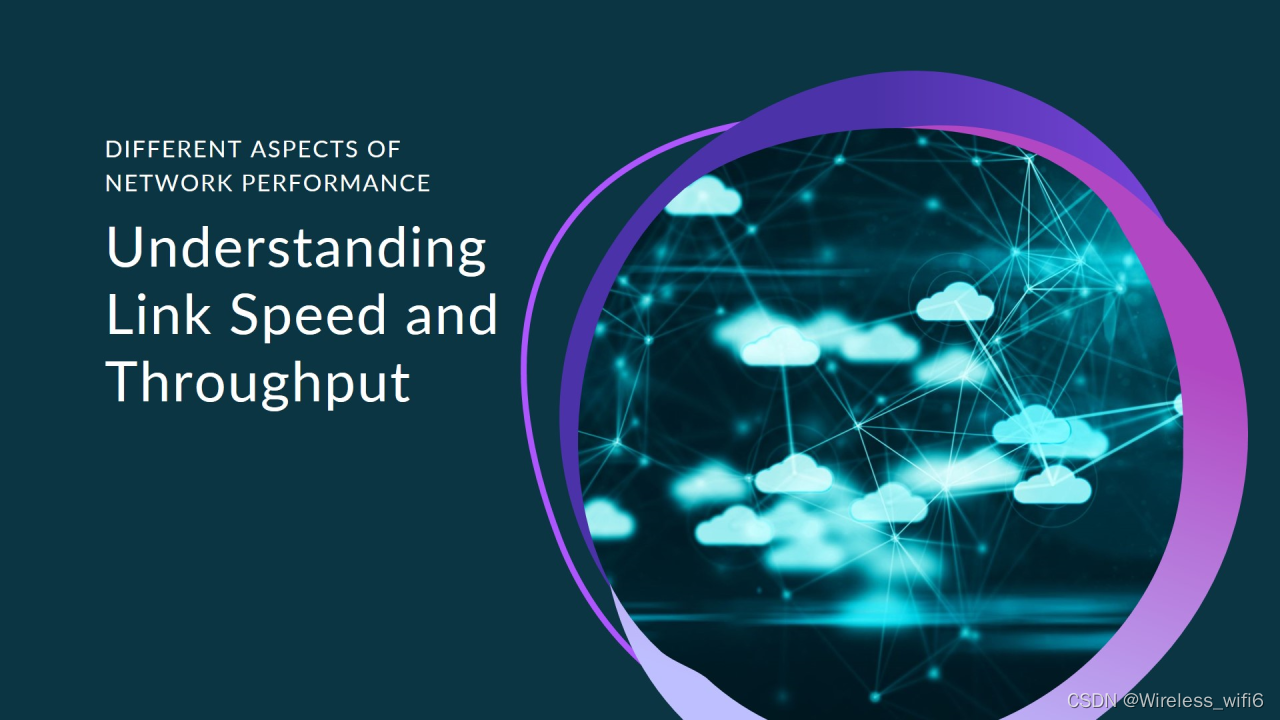Link speed and Throughput are two different concepts that describe different aspects of network performance.
Link Speed:
Link speed refers to the maximum possible speed at which a connection can be established between devices. This is usually expressed in units of bits per second (bps) or megabits per second (Mbps).
This speed is the maximum transmission speed measured under ideal conditions without any interference or signal attenuation. In WiFi networks, link speed usually refers to the speed of the wireless connection. For example, the 802.11ac standard can support link speeds of up to hundreds of Mbps.
Throughput:
Throughput refers to the rate at which actual valid data is transmitted through the network. It takes into account factors such as signal interference, signal-to-noise ratio, protocol overhead, etc., so it is usually lower than the link speed.
Throughput is the speed that users experience when actually using the network, including the actual available bandwidth after taking into account various network conditions and protocol overhead. This is usually expressed in units of bits per second (bps) or megabits per second (Mbps).

In general, link speed is the theoretical maximum speed possible, while throughput is the effective speed of actual transmission. Throughput is affected by many factors, such as signal strength, signal-to-noise ratio, network congestion, etc. Therefore, even if the link speed is high, the throughput that users may actually experience may be lower.
For example, if your network link speed is 1 Gbps, but due to signal interference and other factors, the actual data throughput may only be 800 Mbps. Thus, link speed provides a theoretical upper limit of the network, while throughput reflects the bandwidth actually available. It is important to understand these two concepts when evaluating network performance, as they help to understand how the network performs under different conditions.





 本文解释了链接速度和吞吐量这两个概念,前者是理论最大传输速率,后者是实际数据传输速率。尽管链接速度高,但受信号干扰、网络拥塞等因素影响,实际用户体验的吞吐量可能较低。理解这两个概念有助于评估网络在不同条件下的表现。
本文解释了链接速度和吞吐量这两个概念,前者是理论最大传输速率,后者是实际数据传输速率。尽管链接速度高,但受信号干扰、网络拥塞等因素影响,实际用户体验的吞吐量可能较低。理解这两个概念有助于评估网络在不同条件下的表现。
















 2735
2735

 被折叠的 条评论
为什么被折叠?
被折叠的 条评论
为什么被折叠?








